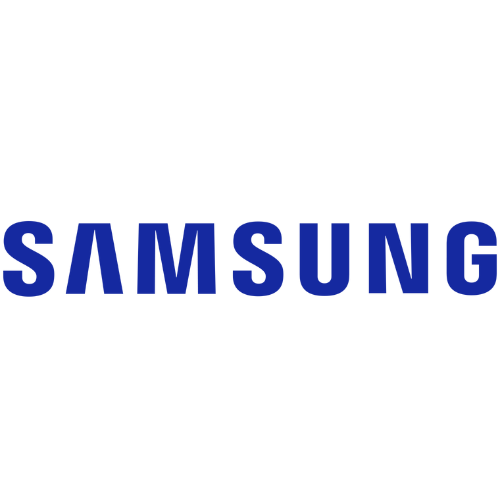Neuromarketing: Emotions that sell. Neuromarketing experts have succeeded in demonstrating the fact that 95% of the decisions that consumers made in an unconscious and irrational way. Not only that, but when we these purchasing, our brain takes under 2.5 seconds to make that decision. Moreover, in most cases, we do not perceive what kind of factors or aspects are influencing us to condition these decisions.
Through Neuromarketing techniques, businesses and brands use all their knowledge to launch sales machinery able to play with our senses. By affecting our perceptions of products through decoration, lighting or ambient music that reaches our ears, and even the sense of smell through fragrances stimulus and peculiar odors businesses can accomplish something as simple as opening our purchasing appetite.
More and more experts add that the marketing of the future will be held in the mind of the consumer. The marketing of the future will still be used to meet unmet needs or desires unfulfilled, but increasingly through strategies and emotional messages, where sensations or feelings may even exceed the own functionalities of the products or services they offer.
There are three components that are measured in front of a posted message: attention, emotion, and memory. The attention is easy to capture in an advertisement, which often causes high values. The emotions should go up and down during the announcement as it could otherwise cause fatigue and reduce the most difficult to achieve. The brand should be displayed at times the ad catches consumers’ attention for them to remember the brand at the end of the announcement, although the recall of a product does not guarantee that you will buy.
The consumer is sensory, marketing cannot be limited today to being put in the center of the consumer strategy, as it requires other disciplines such as sociology, semiotics, and neurosciences. Therefore, neurosciences do not replace traditional sciences, but will complement them so that we can study 3 different behaviors: what the consumer says he will do, what the consumer does, and what he does not know he wants to do and yet lays in his subconscious.
One of the most significant differences of neuromarketing with conventional research is that it is not content with the simple verbal statements but aims to go further unraveling the effect of the unconscious and emotions in decision-making.
When we want a client to establish an emotional bond with a brand, we attract positive memories to his conscience by a communications strategy to activate the emotions that are associated with it.
Until now, advances in neuromarketing only help us select the media format that works better and develop ads that people remember better.
More and more experts point to the potential of neuromarketing, also adding that the marketing of the future will be held in the mind of the consumer. The marketing of the future will still be used to meet unmet needs or desires unfulfilled, but increasingly through strategies and emotional messages, where sensations or feelings may even exceed the own functionalities of the products or services they offer.


















